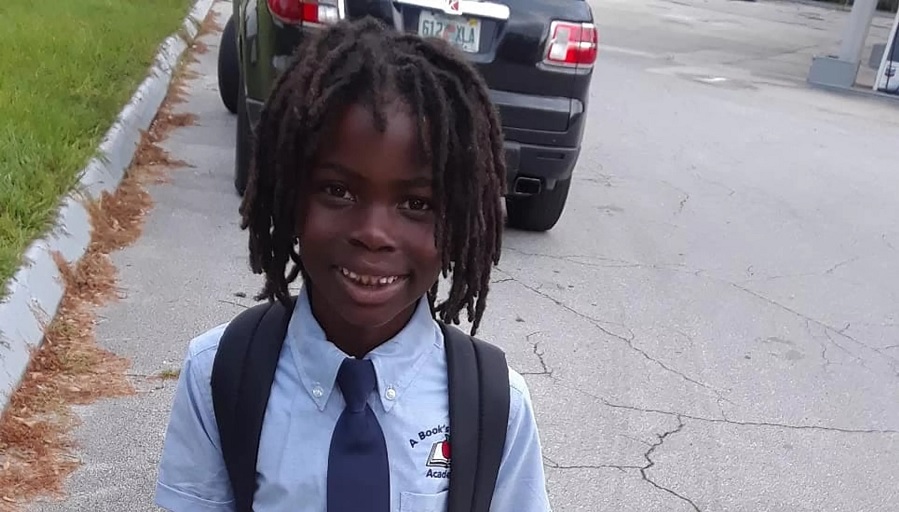
3 reasons why you shouldn't ban dreadlocks
Dress codes are a common factor in many facets and stages of life, from early education to entering the workforce. While most schools and jobs enforce dress codes, these rules can sometimes be discriminatory based on aspects such as gender or race.
Earlier this month, six-year-old Clinton Stanley Jr. was sent home on his first day of school for having dreadlocks. School officials at A Book's Christian Academy in Orange County, Florida, claimed that a rule in the school’s handbook states that all male students must have their hair cut above the ear. That brings to question whether or not the school would have had the same stance had the first grader’s hair not reached past his ear, but regardless, the school seemed to have an issue with the dreadlocks hairstyle itself and not the length.
Here are three reasons why school and workplace administrators should not ban hairstyles, particularly dreadlocks, in their dress codes.
1. Hairstyles do not define the quality of a student or person
One of the main reasons that dress codes are implemented at many schools is to promote a safer atmosphere among the students. For example, students are less likely to get involved in disputes over what one student is wearing compared to another when a dress code is implemented. Not having a dress code may cause a divide between students who have more resources to look or present themselves a certain way compared to another. However, a hairstyle such as dreadlocks doesn’t have that kind of impact and should not be grouped into the same dress code category as a shirt, pair of pants or shoes. There is nothing that indicates that someone with a short haircut is more qualified than someone who has dreadlocks.
CONTENIDO RELACIONADO
2. Cultural significance must be considered
Dreadlocks date back several thousands of years in ancient Egypt and India. Shiva, one of the most influential deities in Hinduism, is often depicted wearing dreads, whereas mummified bodies of ancient Egyptian pharaohs have been recovered with their dreadlocks still intact. The hairstyle has significance in several cultures with ancient roots. Dreadlocks have withstood the test of time as a hairstyle, remaining popular for people of all ages and of every gender.
3. It promotes discrimination and prejudice
Despite the fact that dreadlocks are worn by people of many different cultures, they are often considered “Black hair.” Similar to braids or an afro, dreadlocks are often described as “unprofessional” in the workforce. This distinction disproportionately impacts the Black community because this group includes the majority of the people who wear dreadlocks. Members of the Black community should not be reprimanded for wearing a hairstyle that may simply be conducive to their hair’s natural texture, and this reprimand does not adhere to the equal opportunity employer status that many workplaces claim to abide by.
Implementing a dress code in schools or jobs isn’t a bad concept. However, the code should be fair for all and treat individuals as equals. Banning dreadlocks is not something that treats people of the Black community fairly.










DEJE UN COMENTARIO: